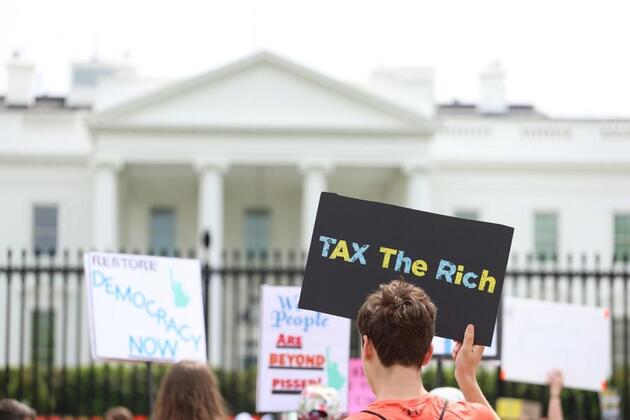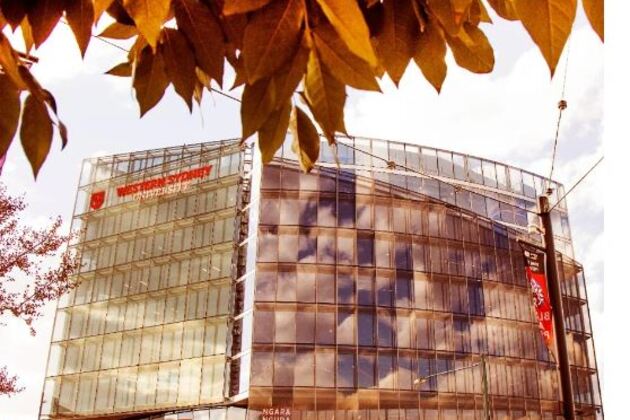2LT National News
Trump’s tariff, trade deals come under fire from experts at home, abroad
Aug 4, 2025
Trump has not only signed an executive order to further modify tariff rates for 69 trading partners, but also announced a few high-profile trade deals that critics dismissed as “exaggerated, wrong, and false.”
NEW YORK, Aug. 3 (Xinhua) — U.S. President Donald Trump’s new round of massive tariff measures and his approach to recent trade negotiations have drawn strong criticism from experts both at home and abroad.
Trump has not only signed an executive order to further modify tariff rates for 69 trading partners, but also announced a few high-profile trade deals that critics dismissed as “exaggerated, wrong, and false.”
“Whatever progress that’s ultimately achieved as part of these new trade deals and duty rates will come at the steep price of significant U.S. tariff increases and the erosion of trust with America’s key partners,” said Jake Colvin, head of the National Foreign Trade Council.
“Institutionalizing the highest U.S. duties since the Great Depression, coupled with ongoing uncertainty, is a recipe for making American businesses less competitive globally and consumers worse off while harming relationships with close geopolitical allies and trading partners,” Colvin was quoted in a recent Wall Street Journal report.
“As of today, U.S. tariff rates are at levels not seen in a century, which will result in hundreds of billions of dollars in new taxes paid mainly by American companies and consumers,” said Scott Lincicome, vice president of general economics and trade at the Cato Institute.
Trade policy remains uncertain and the U.S. tariff system has gone from simple and transparent to an impenetrable labyrinth of new requirements that will prove particularly costly for smaller American businesses that can’t afford either pricey lawyers and accountants or high tariff bills and fines for noncompliance, The Washington Post reported Friday, quoting Lincicome.
Mark Zandi, chief economist at Moody’s Analytics, said that the effective U.S. tariff rate, which started this year at just over 2 percent, looks to settle somewhere between 15 percent and 20 percent.
“The economic damage from the tariffs is mounting… The damage will soon be obvious as inflation ramps up and businesses conclude that the higher tariffs are here to stay,” said Zandi in The Washington Post piece.
“While economists don’t agree on much, they nearly universally agree that broad-based tariffs, such as those being implemented, are a bad idea,” said Zandi.
“Uncertainty is coming down with more trade deals, but tariffs may settle higher than expected, posing risks to our forecasts,” said a Friday research note by Claudio Irigoyen and Antonio Gabriel, global economists with Bank of America Global Research.
The higher-than-expected tariffs pose upside risks to inflation forecasts and downside risks to growth forecasts, according to the research note.
“It’s a very high tariff wall,” said Deborah Elms, head of trade policy of the Hinrich Foundation.
“The cost is going to be significantly higher for American companies and American consumers who will respond surely by buying less,” Elms was quoted as saying in a Friday Bloomberg report.
“While we haven’t returned entirely to a ‘law of the jungle’ system, we have taken several huge strides back in that direction,” said Stephen Olson, visiting senior fellow at the ISEAS-Yusof Ishak Institute and a former U.S. trade negotiator, in a Friday CNBC report.
“We’ve seen numerous changes in the U.S. tariff regime to date, and there could always be more. Companies will be wary of investing and setting plans while uncertainty remains,” said Jonathan Kearns, chief economist with Australian investment management firm Challenger Ltd.
Kearns, a former high-ranking official with Reserve Bank of Australia, expected greater pass-through to the U.S. consumer in the months ahead, according to the Bloomberg report.



